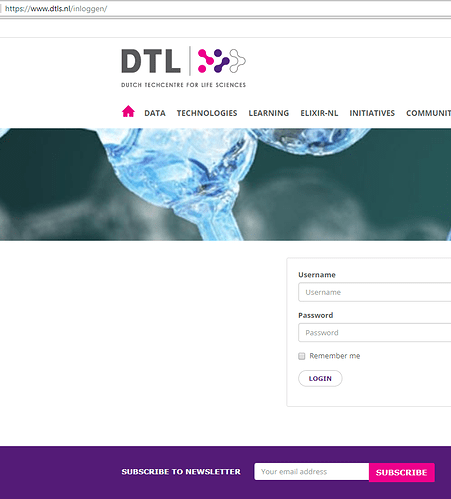Thanks @Frank and @krfeeney for your responses! If the timing doesn’t work out this year, we can mark it as an idea for Bio IT World 2019, if the FAIR Hackathon will still continue then. Or see if we can organize it around the OHDSI meeting in October.
But if there is more interest it would be great if we could do this. I’ll expect we will be working quite a bit in the coming years on increasing the FAIRness of OHDSI tooling, and getting input from the community now would be helpful to prioritize that work and understand requirements and possible applications.
@Vojtech_Huser that’s odd, it should not ask for a password and doesn’t if I retrieve the website now. In any case, the original article in Nature Scientific Data with the principles is here: www.nature.com/articles/sdata201618
If you want a deep dive into a possible way to realize all principles without imposing any APIs or data models using semantic web technology, have a look at Interoperability and FAIRness through a novel combination of Web technologies [PeerJ]. I don’t think we should start with that approach, because there are a number of much easier steps we can take in OHDSI towards FAIR (starting e.g. by assigning permanent identifiers to mappings, putting basic metadata, versioning the vocabularies etc.) but ultimately, once we have the right supporting tools, this would be a very nifty way to do ETL at scale, reproducible, and as a community effort (as opposed to one dataset at a time). Instead of mapping the source data to OMOP, we would map OMOP to the data 

That being said, it’s good to realize that mapping to OMOP is actually a great step you can take today to make medical history data more FAIR, with emphasis of course on the I of Interoperability.



